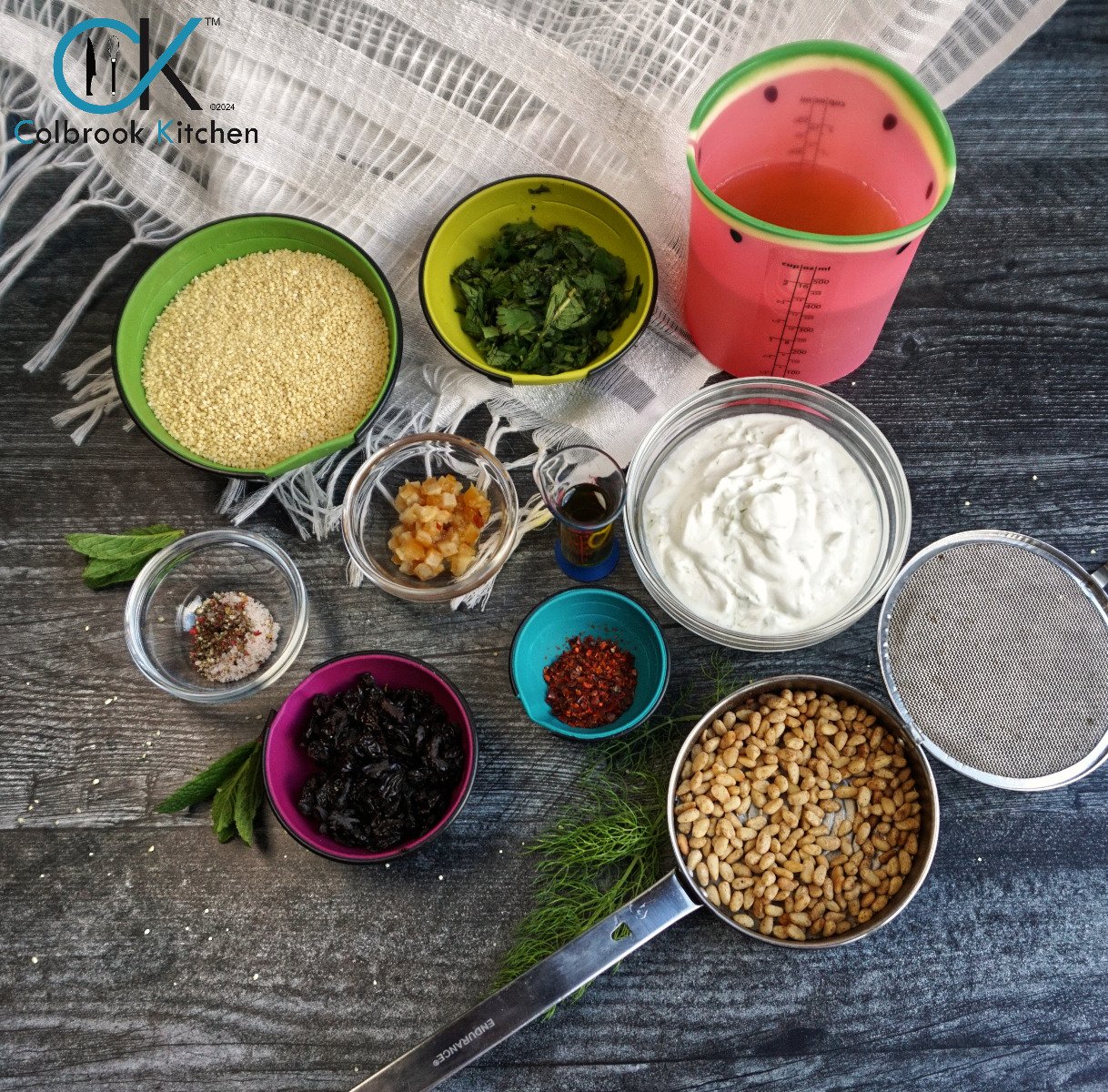Cool Tip: Rediscover Your Microwave
- Jun 24, 2015
Your microwave is not just for reheating coffee or melting butter. Nathan Myhrvold has called its capabilities “underappreciated” and Mark Bittman wanted to rename it “the whiz-bang steaming oven”. We love it for cooking bacon, and Kennedy’s Favorite Chicken is a microwave reengineered recipe that reduces over an hour of stovetop cooking time to 15 minutes in the microwave (and the results are better, too). And everyday we’re discovering more ways it can produce wonderful food quickly. So how is this all possible?
Your microwave oven cooks food indirectly: by using radio waves to penetrate the food from every direction. The turntable in most modern microwaves assists in this process. And since the moisture in the food quickly absorbs the microwaves, the food cooks from the inside out, through the impact of the agitated moisture being drawn out through the other elements of the food: the carbs, proteins, and fats. That’s how the food gets heated and “cooked”.
As part of the cooking process, when the moisture becomes heated, it’s converted to steam, expanding to 1,600 times its liquid volume. You want to retain as much of this steam as possible in your cooking vessel, so the food will remain moist and not dry out. But you want to permit some steam to escape, so the food in the vessel won’t explode, creating a mess in the microwave and potential danger of burning the cook. A little technique (assisted by a few Cool Tools, of course :-)) will ensure that your food doesn’t either lose all its moisture and get dried out, or retain so much moisture that it explodes.
The Steam Case and the Ogya Cooking Pot from Lékué are designed specifically to assure maximum microwave effectiveness by harnessing the steam to cook the food. The design assures a firm seal, while providing a “safety valve” for the excess steam. But you can also use glass or ceramic ovenware in the microwave - never use plastic or metal! - and in that case you need a cover that will contain the steam, while permitting some of that vapor to escape. The usual lid creates too tight a seal, which can result in an explosion in your microwave. But the Lids and Banana Leaves from Charles Viancin cleverly address this problem, without the need to punch holes in plastic wrap. While one side of the lids creates a secure seal, if you simply turn over either of these beautiful products, the ridges on the top (part of the aesthetic design, but design with a function--we love that!) become little vents that let excess steam escape as needed.
Enjoy your whiz-bang steaming oven!
Your microwave oven cooks food indirectly: by using radio waves to penetrate the food from every direction. The turntable in most modern microwaves assists in this process. And since the moisture in the food quickly absorbs the microwaves, the food cooks from the inside out, through the impact of the agitated moisture being drawn out through the other elements of the food: the carbs, proteins, and fats. That’s how the food gets heated and “cooked”.
As part of the cooking process, when the moisture becomes heated, it’s converted to steam, expanding to 1,600 times its liquid volume. You want to retain as much of this steam as possible in your cooking vessel, so the food will remain moist and not dry out. But you want to permit some steam to escape, so the food in the vessel won’t explode, creating a mess in the microwave and potential danger of burning the cook. A little technique (assisted by a few Cool Tools, of course :-)) will ensure that your food doesn’t either lose all its moisture and get dried out, or retain so much moisture that it explodes.
The Steam Case and the Ogya Cooking Pot from Lékué are designed specifically to assure maximum microwave effectiveness by harnessing the steam to cook the food. The design assures a firm seal, while providing a “safety valve” for the excess steam. But you can also use glass or ceramic ovenware in the microwave - never use plastic or metal! - and in that case you need a cover that will contain the steam, while permitting some of that vapor to escape. The usual lid creates too tight a seal, which can result in an explosion in your microwave. But the Lids and Banana Leaves from Charles Viancin cleverly address this problem, without the need to punch holes in plastic wrap. While one side of the lids creates a secure seal, if you simply turn over either of these beautiful products, the ridges on the top (part of the aesthetic design, but design with a function--we love that!) become little vents that let excess steam escape as needed.
Enjoy your whiz-bang steaming oven!





